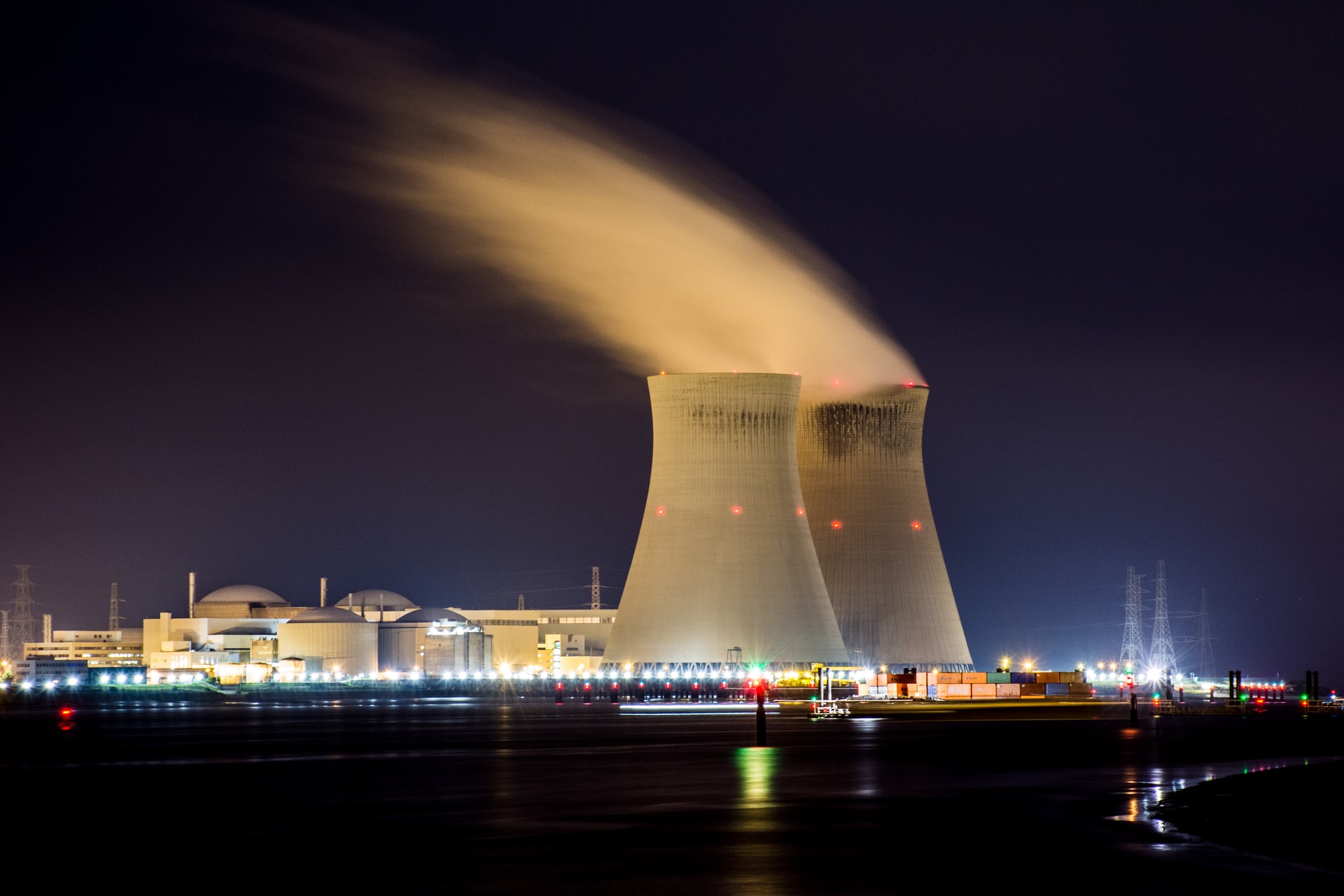

Power generators consider the nuclear option for clean hydrogen production
Renewables aren’t the only way to produce carbon-free hydrogen.
While wind and solar energy are likely to be the main sources of energy used to produce clean hydrogen over the coming decades, the world is on the verge of a nuclear renaissance that offers the possibility of an alternative supply of carbon-free electricity.
While nuclear energy is not beloved of all environmental groups, it produces no carbon dioxide or other airborne pollutants and is likely to play a major role as nations seek to meet their net zero targets.
As well as providing clean electricity, nuclear plants can power the electrolysers that are used to split water into oxygen and clean hydrogen. Using hydrogen in fuel cells produces no emissions apart from water vapour, making hydrogen produces by renewables or nuclear energy the cleanest fuel on the planet.
The potential of so-called pink hydrogen – as opposed to green, blue, or grey (not to mention turquoise) – was highlighted last week by a coalition of industry players under the moniker the Nuclear Hydrogen Initiative (NHI).
Led by environmental lobbyist, the Clean Air Task Force, NHI argues that all paths to producing clean hydrogen need to be explored if the necessary scale is to be achieved in the transition to a hydrogen economy.
Among the benefits of adopting nuclear powered hydrogen production are its capacity factors of above 90% and the need for minimal land resources compared with renewables. Because nuclear plants produce heat as well as electricity, they are well suited to use with high temperature steam electrolysers, which are considerably more efficient than their regular alkaline and PEM cousins.

In Nuclear’s favour as a source of power for making hydrogen, is the need for so-called baseload power during periods of low wind or sun, an important plank in the UK’s energy security strategy as it moves away from imported oil and gas.
Modern nuclear reactors that operate at extremely high temperatures can even produce hydrogen thermochemically without the need for electrolysers at all.
One of the keys to producing cheap hydrogen is high utilisation rates for electrolysers and that is easier to achieve with nuclear than with renewables.
However, there remain a number of questions surrounding the role of nuclear in clean hydrogen production, notably the high cost of electricity production compared with renewables.
The latest offshore wind auction in the UK produced a strike price of £37.35 per MWh, compared with £92.50 per MWh for Hinkley C, currently being constructed in Somerset, England.
In its favour, however, is the need for so-called baseload power during periods of low wind or sun, an important plank in the UK’s energy security strategy as it moves away from imported oil and gas.
Clearly the part nuclear will play in the developing hydrogen economy should be explored as we invest in our hydrogen future.
To learn more about HYCAP click here.